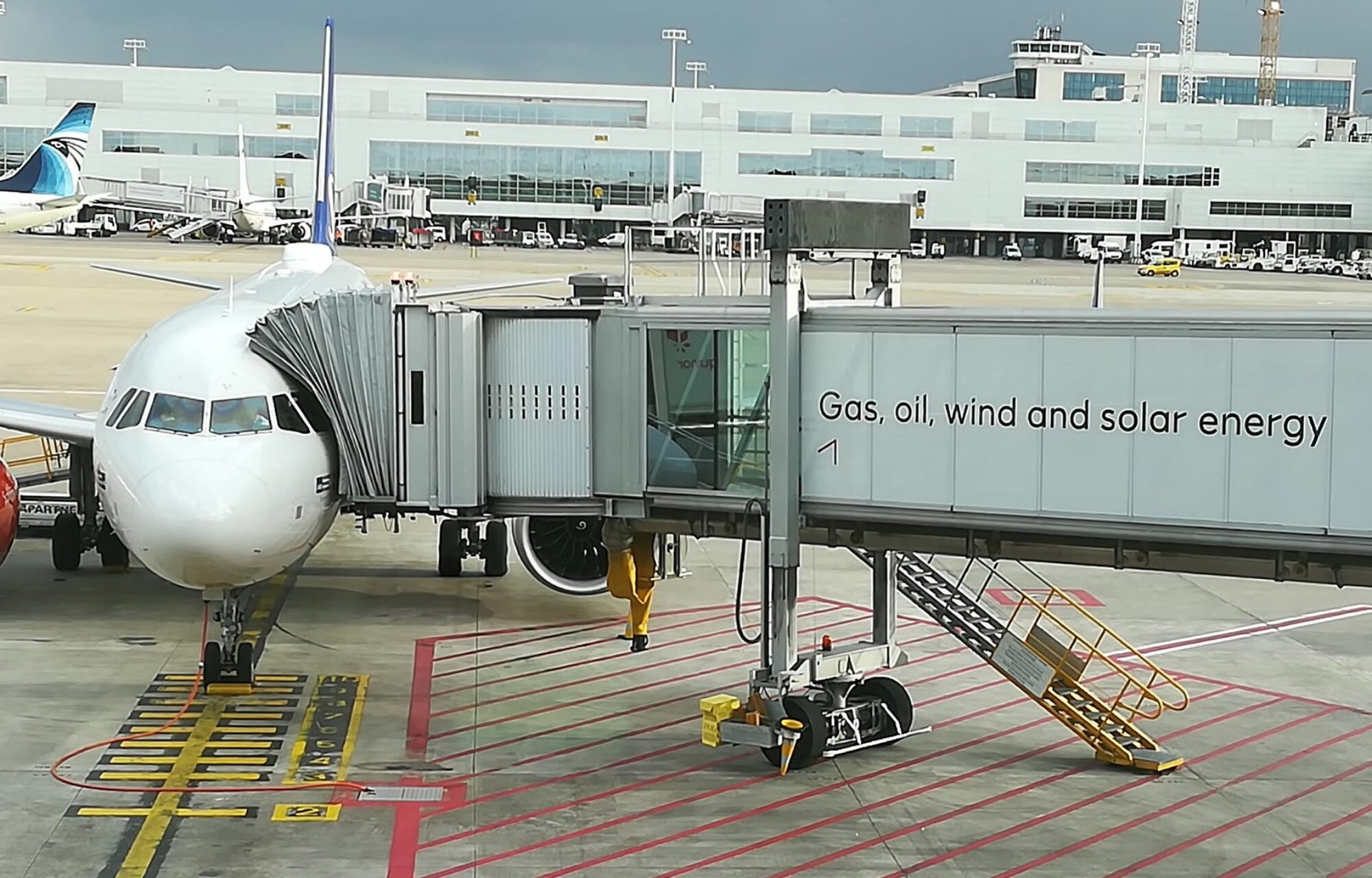Europe got already a tool
1. The EU has already installed an Emissions Trading System
“The EU Emissions Trading System (EU ETS) is a cornerstone of the EU’s policy to combat climate change and its key tool for reducing greenhouse gas emissions cost-effectively. It is the world’s first major carbon market and remains the biggest one operating in all EU countries plus Iceland, Liechtenstein and Norway.” EU Emissions Trading System (EU ETS)
2. This tool only needs to become more effective
EU ETS does not yet reduce the use of kerosene within the EU. In 2018 verified emissions from aviation continued to grow, increasing by 3.9%, or about 2.6 million tonnes CO2 equivalents, compared to 2017 say the EU Carbon Market Report 2019
In order to become more effective, the EU ETS must improve in two respect:
A) Aviation’s costs for CO2 emissions rights must go up
EU ETS emission rights for aviation are too cheap. In 2018, these sold at an equivalent of €0.015/L of kerosene and in May 2019, increased slightly to € 0.065/L. International flights are exempted from all other taxes, including Value Added Tax (VAT). This gives aviation an unfair advantage because the EU ETS states levy taxes from trains, busses and cars which are at least 10 times higher, see: Award consumers CO2-travel-consciousness . For consumer and tax justice, EU ETS emission rights for aviation must at least tenfold. For more details: What is causing it?
B) EU ETS must expand to all flights to and from the EU
Currently, EU ETS only affects flights within the EU ETS member states, EU 28 plus Island, Norway and Lichtenstein. All other international flights are exempted. However, in order to be effective, EU ETS must include all flights Arriving or departing from any member state of the EU ETS. This would affect 55.7% of the worlds’ international flights. For more details: Europe‘s role in world air traffic
